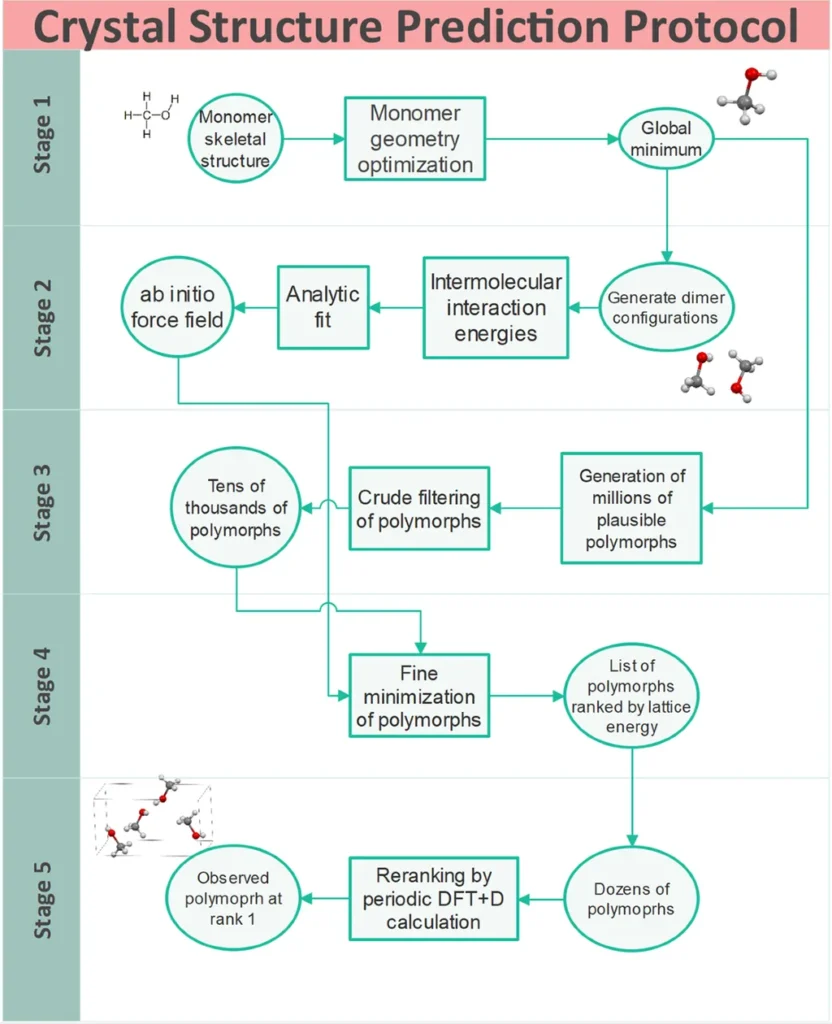In the realm of structural engineering and energy infrastructure, stability is paramount. Imagine a wind turbine, its tower swaying in the breeze, or an offshore platform, battered by waves. These structures are not just physical entities but complex systems with multiple degrees of freedom, subject to periodic forces. A recent study by Wójcicki Zbigniew from the Wroclaw University of Science and Technology has introduced a novel method to stabilize these systems, potentially revolutionizing how we approach structural stability in the energy sector.
Wójcicki’s research, published in *Studia Geotechnica et Mechanica* (which translates to *Studies in Geotechnics and Mechanics*), focuses on first-order sensitivity analysis for stabilizing unstable continuous multi-degree-of-freedom (m.d.o.f.) parametric periodic systems. Unlike systems with constant coefficients, parametric systems can exhibit entire areas of instability, making them particularly challenging to manage.
“The most important feature of a parametric periodic system is the instability phenomenon,” Wójcicki explains. “In systems with constant coefficients, only points of instability exist, but in parametric systems, whole areas of instability occur.”
So, what does this mean for the energy sector? Wind turbines, bridges, and offshore platforms are all examples of structures that can be modeled as parametric periodic systems. These structures are subject to periodic forces—wind, waves, or other cyclic loads—that can induce instability. Wójcicki’s method offers a way to automatically stabilize these systems, ensuring they remain operational and safe under varying conditions.
The method is innovative because it uses a sensitivity analysis of multipliers—complex eigenvalues of the monodromy matrix—to achieve stabilization. By evaluating the derivative of the homogeneous parametric equation of motion with respect to the design parameter, Wójcicki’s approach solves the non-homogeneous parametric sensitivity equation. This allows for the evaluation of the first derivative of the monodromy matrix and, ultimately, the first derivatives of multipliers.
“This method is based on a sensitivity analysis of the absolute values of multipliers,” Wójcicki notes. “It’s an alternative approach to that proposed in all other previous works on this subject.”
The implications for the energy sector are significant. By providing a more robust method for stabilizing structures subject to periodic forces, Wójcicki’s research could lead to safer, more reliable energy infrastructure. This could translate to reduced maintenance costs, extended lifespans for structures, and improved safety for workers and the public.
Moreover, the method’s innovation lies in its ability to use the parametric excitation period as a design parameter, something not possible in previous works. This flexibility could open up new avenues for designing and optimizing structures in the energy sector.
As the energy sector continues to evolve, with a growing emphasis on renewable energy sources like wind and wave power, the need for stable, reliable structures will only increase. Wójcicki’s research offers a promising solution to this challenge, paving the way for more resilient energy infrastructure.
In the words of Wójcicki, “This work continues the topics developed by the author in his earlier works, but it represents a significant step forward in the field of structural stability.”
As we look to the future, the potential applications of this research are vast. From wind turbines to offshore platforms, the energy sector stands to benefit greatly from this innovative approach to structural stabilization.

